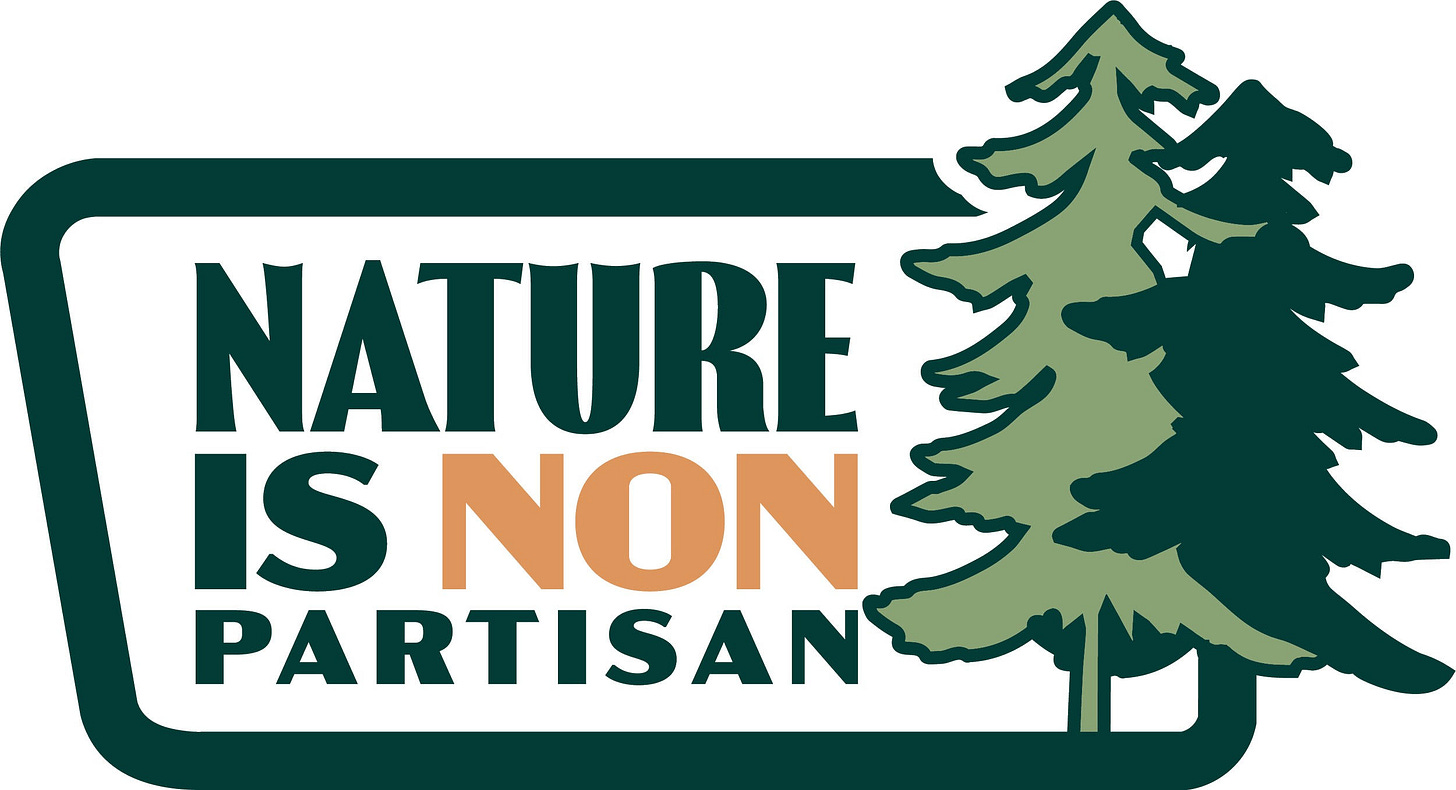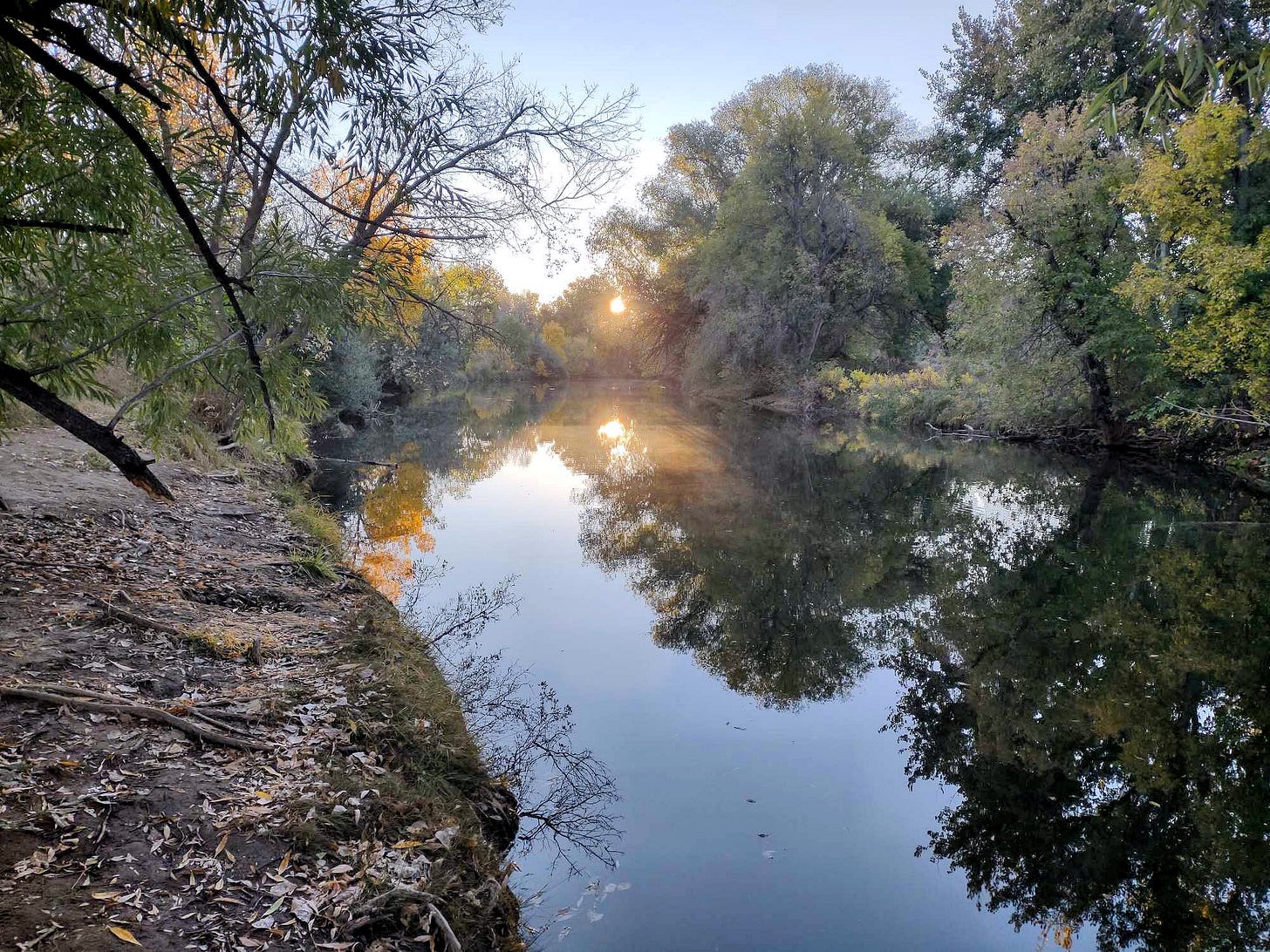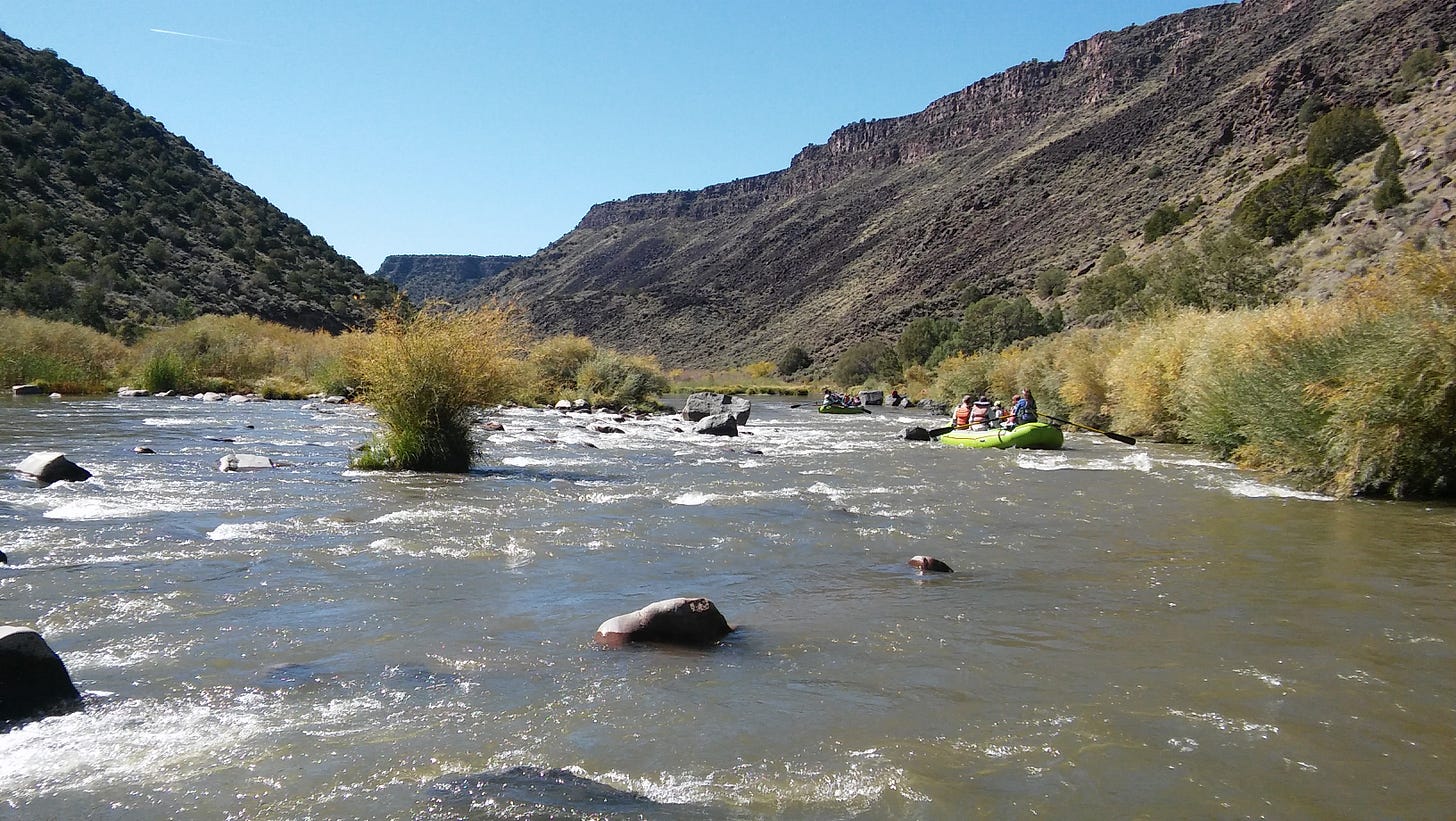By Gary Wockner, Special to The MAHA Report
One of the bright spots in the American political system that has emerged in the last five years is the “Make America Healthy Again” (#MAHA), movement which was enshrined by an executive order from President Trump creating the “Make America Healthy Again Commission” in February of 2025.
Led by Robert F. Kennedy Jr., who is now the Secretary of Department of Health and Human Services (HHS), #MAHA crosses party lines and includes left-leaning crunchy granola moms and right-leaning fitness bros in the manosphere. Similarly, Republican Governors are increasingly supporting aspects of the MAHA movement, while here in Colorado where I live, Democrat Governor, Jared Polis, has leaned into pieces of MAHA.
Another potential bright spot emerged two weeks ago when President Trump issued an executive order creating the “Make America Beautiful Again Commission” (#MABA). Trump states in the order, “It is the policy of my Administration to prioritize responsible conservation, restore our lands and waters, and protect our Nation’s outdoor heritage for the enjoyment of the American people.”
Though extremely early in its genesis, the movement is led by a young, ambitious, and self-proclaimed “conservative environmentalist” named Benji Backer, who was highlighted in a Sunday, July 6 article in the Washington Post titled, “How This Group Got Trump To Sign A Pro-Environment Executive Order.” Because environmentalism is generally thought of as a left-leaning movement, this “conservative” leader suggests that #MABA may also cross party lines as it grows and develops.
Indeed, Backer’s organization, “Nature is Nonpartisan,” states in its mission, “We’re a movement of Americans driven by the reality that Nature Is Nonpartisan, working across political differences to deliver a healthier environment for the next generation.”
Much has been written about Kennedy and #MAHA, and much will likely be written about Backer and #MABA, but I propose to tee off a conversation about how they can and should work together. In fact, I contend that making America healthy can only be achieved by making America’s environment healthier and more beautiful, and vice versa.
As one quick example, the corporate American food system uses a lot of herbicides and pesticides to grow food, and a lot of chemical additives and dyes to produce and manufacture food. After being sprayed on food and used in manufacturing, these herbicides, pesticides, and chemical additives are deposited back into the environment and persist long afterwards. Additionally, they pollute our soil and water, as well as wildlife and other organisms that get their food from the environment and do the dirty business of regenerating healthy soil and water across our landscapes.
Thus, when we eliminate poisons in our food supply that endanger humans (a concern of #MAHA), we also eliminate poisons across our landscape and in our rivers that endanger both wildlife and wetlands (a concern of #MABA).\
Stated differently, public health and environmental health are not only linked, they are one and the same.
Let me offer a few more examples of how making America healthier and making our environment healthier and more beautiful are joined together, and why MAHA and MABA co-advocacy can be beneficial to both:
Clean Air: This advocacy could include supporting the reduction in air pollution caused by powerplants that generate electricity, reducing the pollution emitted from automobile tailpipes, and reducing the pollution from a wide array of industrial processes used in chemical manufacturing. Clean air supports human health while delivering a cleaner environment for future generations.
Clean Water: In addition to the food-system example mentioned above, this advocacy should include the reduction in pollution caused by municipal wastewater systems that discharge partially treated water back into America’s rivers and streams, and the reduction in water pollution caused by development that diminishes wetlands. Clean water is a basis for all forms of life, and healthy rivers, streams, and wetlands keep our water clean so we all can thrive.
Public Lands and Open Space: This advocacy should include the protection and enhancement of landscapes where people recreate, rejuvenate, hunt and fish, and visit for exercise and enjoyment. Among these are vast federally-owned lands in the American West, as well as state lands across the U.S., and neighborhood parks and open spaces in every local community. Protecting and enhancing our extraordinary public lands supports wildlife and their habitat, and supports the therapeutic role these lands play in our public health and the character of our democracy.
MAHA has generated a significant amount of controversy, and with its announcement last week, MABA also generated controversy. As an environmental activist, I’m keenly aware of these controversies and the concerns many of my colleagues have about both. I offer to help steer a path through those controversies by suggesting how important both movements are and how MAHA and MABA can work together.
Further, all levels of government have a strong tendency to divide their tasks into departments that try to compartmentalize their work – economy, health, education, environment, and so on – but I attest that the environment is the crust that holds the American economy and culture together. We don’t just live, we live on the landscape, and when the air, water, and land are healthy, we are all healthier too.
In my professional work, I advocate for the health of rivers and watersheds. This is an especially important intersection for MAHA and MABA to find common ground because it is where public health and environmental health merge into one as a river runs through it.
Gary Wockner, PhD, is an environmental activist in Colorado. Contact: gary@garywockner.com










In light of this article, tomorrow they’re voting on a “Liability Shield” for chemical companies. It took me 10 minutes to call all the numbers. I hope you do.
All I said was:
“I’m calling to voice my concern over giving chemical companies a liability shield. Please note that I am completely opposed to it”
Republicans: (202) 225- [for all numbers]
Mike Simpson 5531
Michael Cloud 7742
Tom Cole 6165
Jake Ellzey 2002
Celeste Maloy 9730
Guy Reschenthaler 2065
Ryan Zinke 5628
Democrats:
Jim Clyburn 3315
Rosa DeLauro 3661
Josh Harder 4540
Betty McCollum 6631
Chellie Pingree 6116
Beauty, unfortunately, does not include invisible sources of health problems:
Toxins such as DDT, Glyphosate, BPA, PCB, chlormequat chloride (90% of people), PFAS
https://vitamindwiki.com/tiki-index.php?page_id=3820
- - - - - - -
Microplastics in our food, water
https://vitamindwiki.com/tiki-index.php?page_id=10858
"microplastics ranked in the top 10 predictors of chronic disease"